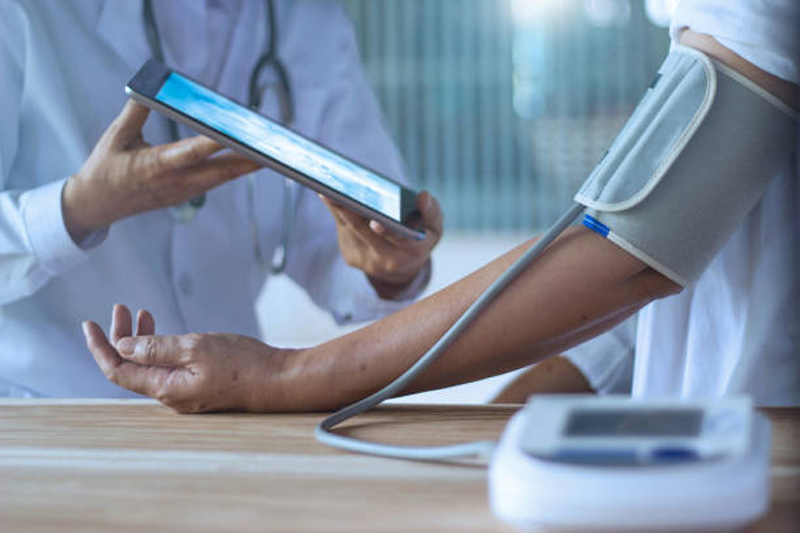
An essential part of contemporary healthcare, digital sensor tech plays a vital role in managing the treatment of Covid 19 and capturing information to support patient care. But with so much of the process taken for granted, it’s easy to overlook the innovative nature of modern sensors.
So, what role do digital health sensors play in dealing with the crisis and how do they work?
What are digital health sensors?
Simply put, digital health sensors use modern technology to capture data about a patient to help with diagnosis, care, or future treatment. This can range from simple blood pressure cuffs used by doctors on individual patients to a full suite of monitoring sensors applied to patients in long term care.
This can help practitioners capture ongoing data about individuals in their care, from pulse rate, respiration, temperature and more. These allow for constant gathering of vital patient data that can provide long term feedback to doctors to help understand a patient’s vitals and focus on immediate care.
Why are they so important?
When it comes to dealing with Covid 19, it is essential to capture as much information as possible about a patient – with viral pneumonia commonly accompanying the disease. This causes inflammation in the lungs and restricts a patient’s ability to breathe, reducing their ability to oxygenate their blood. This can also cause water to accumulate in the lungs, leading to increased risk to the patient and reducing the alveoli’s ability to efficiently absorb oxygen.
This can have a domino effect of reducing a patient’s ability to heal and lengthen their recovery process. In severe cases, this can also make additional symptoms or pre-existing conditions worse for the individual – increasing the strain on the patient and adding additional pressure on the provider to treat. And with an increased patient load, this greatly complicates matters and runs the potential of increasing risk.
Being able to spot reduced oxygen levels is a helpful marker and allows doctors to better understand a patient’s condition and triage effectively – improving their level of care and, simply, helping to save lives.
How do they work?
Designed to be light touch and non-invasive, digital sensors allow for doctors to address issues that are the centre of the crisis, with blood oxygen levels proving to be a critical marker for a patient’s condition.
Companies such as Sensoronics provide a range of pulse oximeters and digital sensors that help play an essential role in patient care. Commonly attached to a patient’s finger, these emit a small beam of light once attached. This is analysed by the device to measure small changes in the degree of light absorption in the skin. All devices operate with a high degree of accuracy with a 2% differential in their results, depending on other factors that can be accounted for by professionals.
This allows doctors and patients alike to access a device and provide them with early workings about hypoxemia or other conditions that can potentially cause complications for your treatment.
Comments
comments